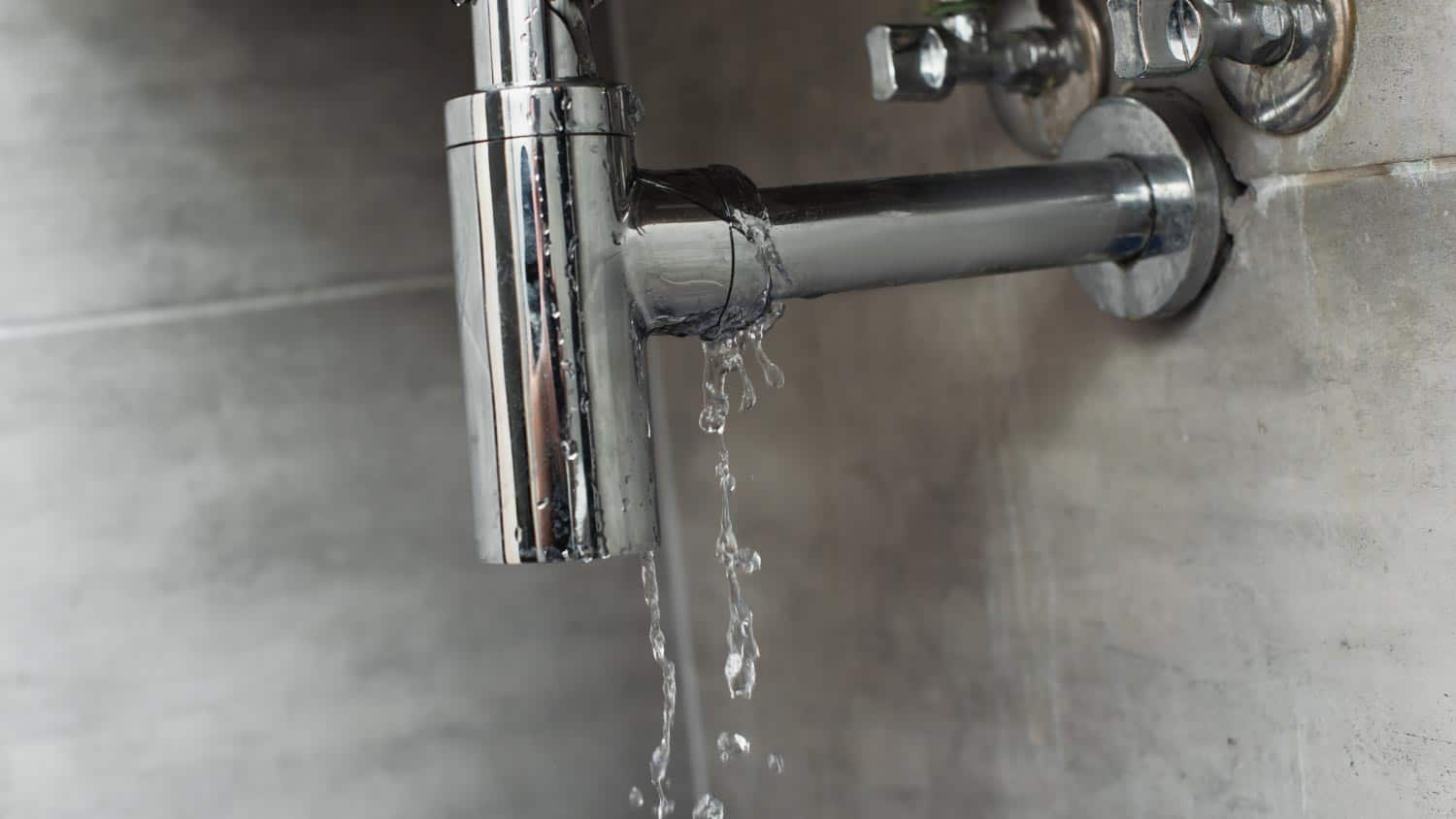How to Examine If Your Residence Has a Concealed Leak
How to Examine If Your Residence Has a Concealed Leak
Blog Article
They are making a number of good annotation about Detecting hidden plumbing leaks in general in the content just below.

Early discovery of dripping water lines can reduce a potential catastrophe. Aside from conserving you money, it will certainly minimize the irritation and irritation. The moment you locate a leak, calling your plumber for fixings is the very best solution. Some tiny water leakages might not be visible. Below are some hacks that assist if you can not detect it with your naked eyes.
1. Analyze the Water Meter
Every residence has a water meter. Checking it is a guaranteed manner in which helps you find leakages. For starters, shut off all the water resources. Ensure nobody will certainly flush, utilize the tap, shower, run the cleaning machine or dishwashing machine. From there, most likely to the meter and watch if it will alter. Given that no one is using it, there must be no activities. If it moves, that indicates a fast-moving leakage. If you find no adjustments, wait a hr or two and check back once again. This indicates you might have a slow-moving leakage that can also be below ground.
2. Check Water Consumption
If you detect abrupt modifications, regardless of your consumption being the exact same, it indicates that you have leaks in your plumbing system. An unexpected spike in your bill suggests a fast-moving leak.
At the same time, a steady increase monthly, despite the same habits, shows you have a slow leakage that's additionally gradually escalating. Call a plumber to completely check your building, especially if you feel a cozy location on your flooring with piping underneath.
3. Do a Food Coloring Examination
30% comes from toilets when it comes to water consumption. Examination to see if they are running appropriately. Drop flecks of food color in the storage tank and wait 10 mins. There's a leak between the tank and also bowl if the color in some way infiltrates your bowl during that time without flushing.
4. Asses Outside Lines
Do not neglect to inspect your outside water lines as well. Examination spigots by attaching a yard tube. Ought to water permeate out of the link, you have a loosened rubber gasket. Change this and ensure all connections are tight. If you've obtained a sprinkler system, it will certainly assist get it skillfully examined and kept each year. One small leak can waste lots of water and also spike your water expense.
5. Assess the scenario and also evaluate
Homeowners should make it a habit to inspect under the sink counters and even inside cabinets for any type of bad odor or mold development. These 2 warnings suggest a leakage so timely interest is required. Doing routine assessments, also bi-annually, can save you from a major problem.
A lot more significantly, if you understand your home is already old, maintain a watchful eye on your heating systems, tubes, pipelines etc. Look for stainings and weakening as most pipelines as well as appliances have a life expectancy. They will certainly likewise normally weaken due to damage. Don't wait for it to intensify if you think dripping water lines in your plumbing system. Call an expert plumber right now so you do not end up with a dreadful mess in your home.
Early detection of dripping water lines can mitigate a prospective catastrophe. Some tiny water leaks might not be visible. Inspecting it is a proven method that assists you uncover leaks. One small leakage can squander heaps of water and surge your water costs.
If you think dripping water lines in your plumbing system, do not wait for it to escalate.
WARNING SIGNS OF WATER LEAKAGE BEHIND THE WALL
PERSISTENT MUSTY ODORS
As water slowly drips from a leaky pipe inside the wall, flooring and sheetrock stay damp and develop an odor similar to wet cardboard. It generates a musty smell that can help you find hidden leaks.
MOLD IN UNUSUAL AREAS
Mold usually grows in wet areas like kitchens, baths and laundry rooms. If you spot the stuff on walls or baseboards in other rooms of the house, it’s a good indicator of undetected water leaks.
STAINS THAT GROW
When mold thrives around a leaky pipe, it sometimes takes hold on the inside surface of the affected wall. A growing stain on otherwise clean sheetrock is often your sign of a hidden plumbing problem.
PEELING OR BUBBLING WALLPAPER / PAINT
This clue is easy to miss in rooms that don’t get much use. When you see wallpaper separating along seams or paint bubbling or flaking off the wall, blame sheetrock that stays wet because of an undetected leak.
BUCKLED CEILINGS AND STAINED FLOORS
If ceilings or floors in bathrooms, kitchens or laundry areas develop structural problems, don’t rule out constant damp inside the walls. Wet sheetrock can affect adjacent framing, flooring and ceilings.
https://www.servicemasterbyzaba.com/blog/how-to-detect-water-leakage-in-walls/

As an enthusiastic person who reads about Detecting hidden plumbing leaks, I assumed sharing that excerpt was a great idea. Sharing is good. Who knows, you could be doing someone a favor. Thank you for your time. Please pay a visit to our website back soon.
Report this page